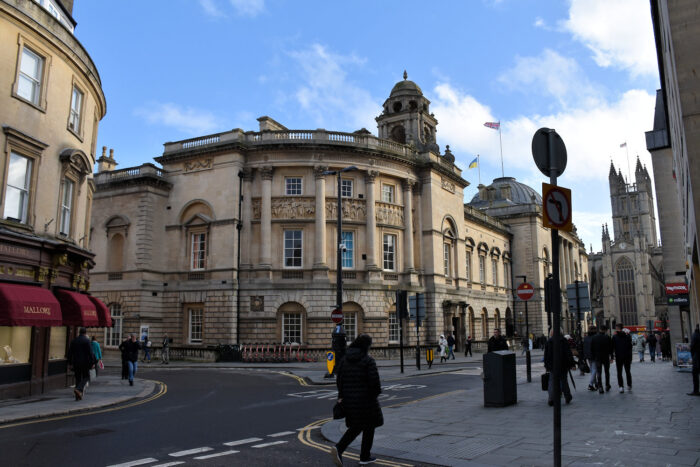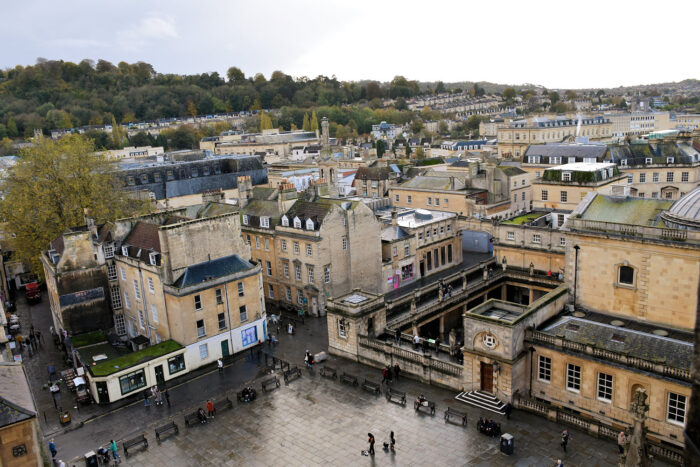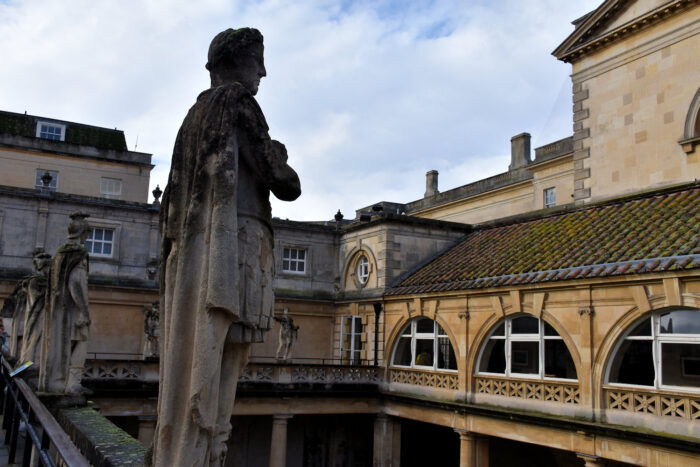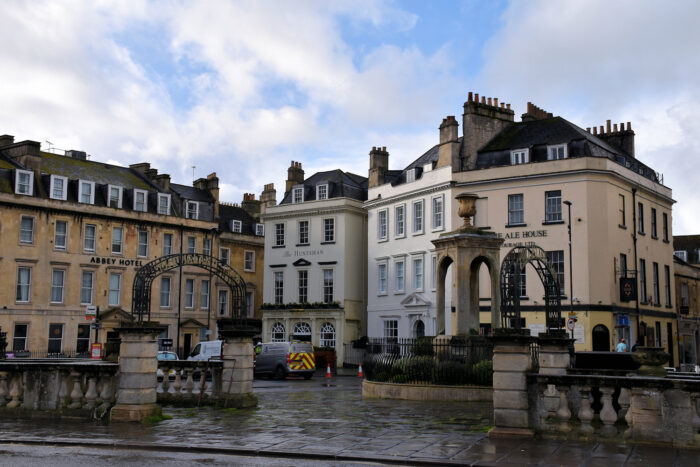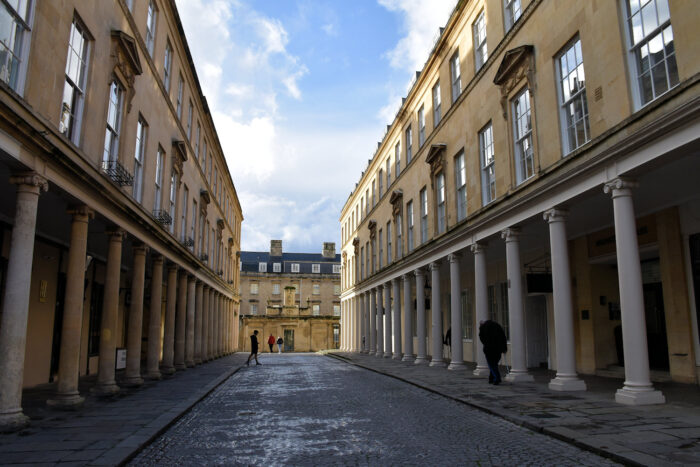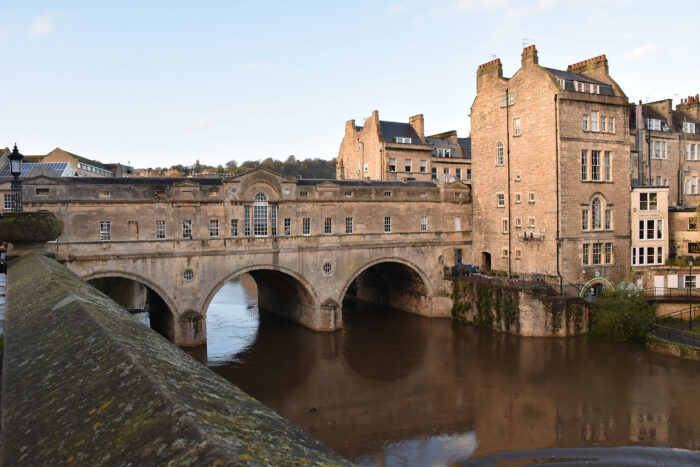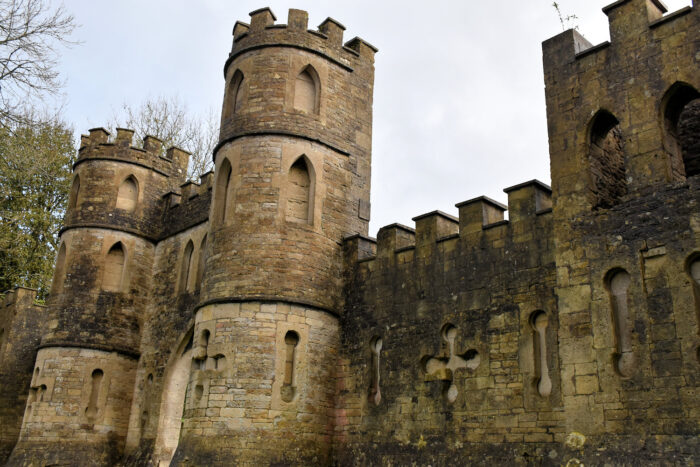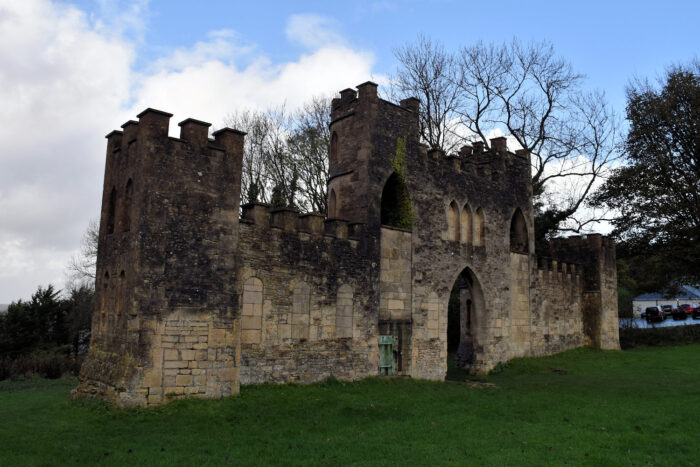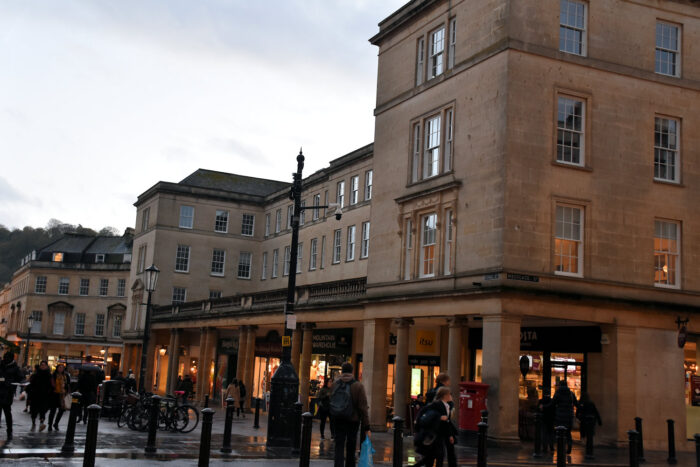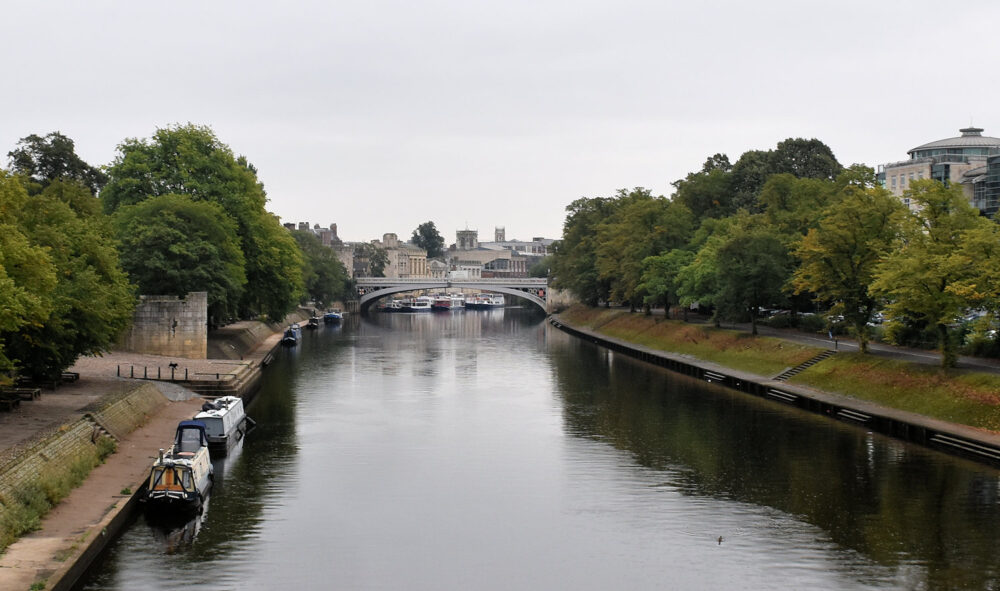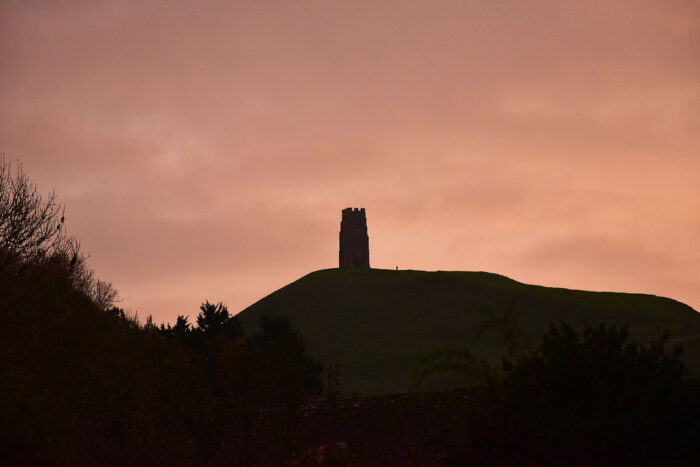This is Bath, the largest city in Somerset, with a population of about 100,000.
In Georgian times it was very popular as a spa town and a lot of its architecture dates from then.
Not this though. Bath Abbey was built in the late 15th/early 16th century, replacing a much larger Norman cathedral. This building is big, but apparently it would easily fit inside its predecessor. Also, I’m told it should be a priory church not an abbey, but Queen Elizabeth said it was an abbey and so it’s an abbey. It also has no earls buried in it. (I asked, which is why I found out about the priory church thing and also earls generally preferred to be buried on their own land.) There were 3829 other people buried under the floor though. (“Were” because the floor was recently replaced and any remains found were reburied in a nearby cemetery.)
Also, the tower has 212 steps. I know this because just inside the door is a piece of paper that says so. It also has a list warnings and a list of health conditions that if you suffer from you shouldn’t climb up the 212 steps, and next to that another piece of paper that you sign to say you’ve read and accept everything on the first piece of paper.
You do get a good view from the top of those 212 steps.
There’s the Roman Baths to the left.
At a slightly lower level, and there are the Roman Baths again.
I have a lot of photos of the Baths. They are very cool and probably need their own post. So just two for now.
Some street photos. There’s a lot to take photos of.
This is a bridge.
See!
The lower building in the middle has an indoor market, and is good for avoiding the rain.
And a final destination is Sham Castle.
From the back.
The perfectly named stone edifice was originally built to improve the view from a wealthy postmaster’s nearby estate. The towering wall was erected in 1762 using stones from some quarries located in nearby Bath that the postmaster had also purchased, allowing the fake castle to pull double duty as an advertisement for the quality of the local rock as well. While it is called a “castle,” the facade is simply a single wall with ornate windows and iconically medieval towers on the front side. The back side of the wall is almost hilariously blank as the sham was clearly only built to be seen from one side.
Atlas Obscura
And now it is time to go home.
